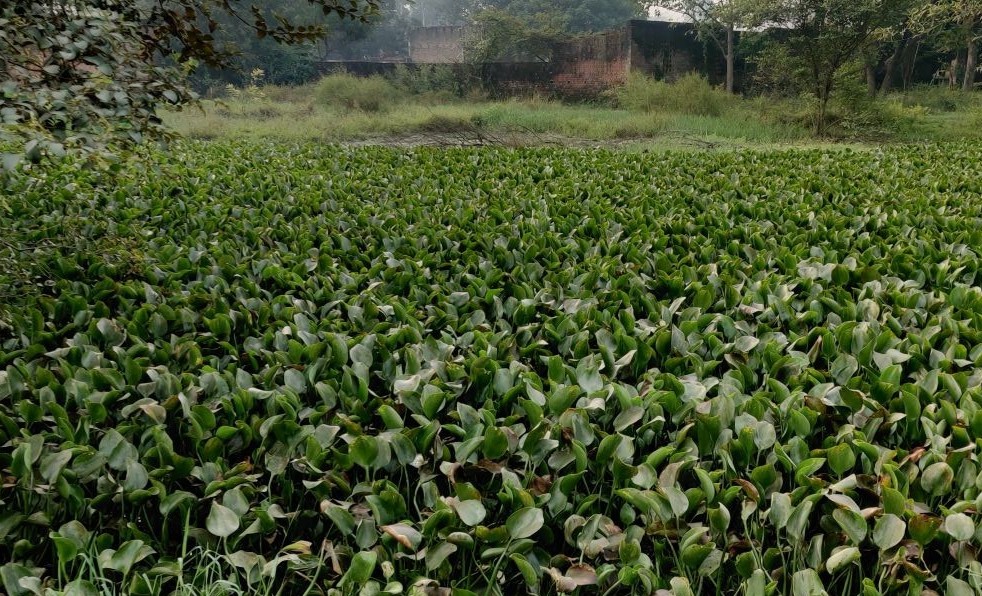Forests are being cleared basically for timber, paper pulps, and mono-crops across the world while these are being damaged by global warming.
Deforestation contributes up to 20 percent of greenhouse gas emission which is more than the combined emission by all the cars, trucks, planes, boats and, trains of the world. Deforestation threatens our climate. Besides this, it threatens the livelihoods of 1.6 billion people who depend on forests for food and economic activities. They serve as habitats to rare and so far, undiscovered species of plants and animals. They also play a key role in maintaining water cycles and preventing floods and soil erosion. Hence, forests across the world need urgent measure of protection by all possible ways, may it be through alternatives to deforestation.
Why alternatives to deforestation? Going for alternatives and ending deforestation will not only contribute to checking climate change very fast and preserving biodiversity, it will help defend the rights of forest communities. What are the major drivers of deforestation? Agri-business, Industrial logging, Mining projects, Road Building and other public constructions, Hydroelectric dams and other mega-river valley projects etc. are some of the major drivers of deforestation.
Agri-business is the largest driver of deforestation. Vast areas of natural forest are burned or cleared in order to raise cattle or to grow cash mono-crops like palm oil and soy etc. in agri-business. Palm oil and soy are used in a wide array of products ranging from toothpaste, chocolate, animal feed and cosmetics.
Industrial logging incorporates cutting of trees for timber, pulp and wood fibre to create building materials and consumer products like office paper, tissue, books, magazines and packaging. Mining projects such as mining for gold, copper, aluminium etc. metals and many other things clear large tracts of natural forests and contaminate forest ecosystems with their runoff.
Vast areas of forests are cleared in the construction of roads and other public constructions. These activities fragment the landscape, endanger wildlife habitat and provide access points for illegal loggers and other business operations that encroach into the forest. Hydroelectric dams flood upstream forests, leading to widespread forest loss, habitat degradation and displacement of forest communities and wildlife.
Some important alternatives to deforestation are introduced below –
Re-forestation and Compensatory Forestation: The process of restoring and recreating areas of woodlands or forests that may have existed long ago but were deforested or otherwise removed at some point in the past is called a re-forestation. This term is similar to Afforestation which includes development of nurseries of indigenous plant species and planting of saplings in wastelands or lands not under cultivation. Compensatory plantation is the act of developing nurseries of indigenous plants and planting them in the depleted areas of forests to compensate for the loss of forests in future.
Eco-forestry –This is an alternative to deforestation in which only carefully selected trees are cut down and are transported with minimal damage to the area. A new plant of the same species is planted near the area from where the tree was cut down. Thus, in this process, the forest ecosystem is preserved while commercial timber extraction is still permitted.
Green business: This is a type of business that focuses on recycled paper and wood products. This includes development of wood alternatives and a type of consumerism which is environmentally responsible in all respects.
Land use planning: This advocates such techniques of development that are environment- friendly. Reduction of urban and sub-urban sprawl is incorporated in it. It makes provisions for developments of green belts, parks and other plantation works including roadside plantations and green lands.
Community forestry: This is the process in which concerned citizens come together to manage and participate in keeping their local forests viable and sustainable.
Agro-forestry: The practice of growing crops between rows of trees is called as agro-forestry. Tea and coffee forms are important examples of this practice in which tea and coffee bushes are grown between rows of trees having less canopy areas. Cropping between rows of trees like coconut, sal, teak etc. and growing different types of trees like papaya, kusum etc. on demarcation lines of fields yield additional benefits to farmers.
Social Forestry: Plantation of trees in village common lands, along roadsides, and along rail tracks etc. in view of production of fuel wood and fodder and reducing dependence on forests, is called as social forestry.
Social forestry was started as a programme in 1976 by the Government of India and its state governments as a participatory programme. It aims at reducing pressures on existing forests and conserving soil in rural and semi-urban areas. Trees are planted on unused farmlands, community lands, roadsides, rail-tracks etc. under this programme.
Adoption of Zero Deforestation Policies by corporations and markets: It is said that corporations have the ability to destroy the world’s intact forests. They have also the Power to help save them. They can make an impact by introducing zero- deforestation policies. These policies require suppliers produce commodities such as timber, beef, palm oil, and fibres for paper in such a way that has a minimal impact on natural forests and climate. These can also introduce paper procurement policies that set ambitious targets to maximize use of post-consumer recycled wood, pulp, paper and fibre in their products and ensure that any virgin fibre used is certified by a rigorous third-party certification system.
Sustainable consumer options: Ending worldwide deforestation demands efforts of individuals to make some difference. As a consumer, everyone has the power to put pressure on companies that have bad environmental practices. Each one of us should buy recycled or certified wood products. Each one should support only zero deforestation policies, and get others to do the same. By this, we send a message to companies to embrace zero deforestation policies.
Ambitious national and international policies: The governments should adopt ambitious science-based Zero Deforestation Policies across the world.
According to Green Peace International- The international community must also urgently commit to mechanisms that reduce greenhouse gas emissions from deforestation in tropical forest developing nations. A Forest for Climate is a landmark proposal for an international funding mechanism to protect tropical forests. Developing countries with tropical forests that choose to participate in Forests for Climate would make commitments to protecting their forests and in exchange would have the opportunity to receive funding for capacity-building efforts and for national-level reductions in deforestation emissions. This would provide a strong incentive for developing countries to continually improve their forest protection programs.




